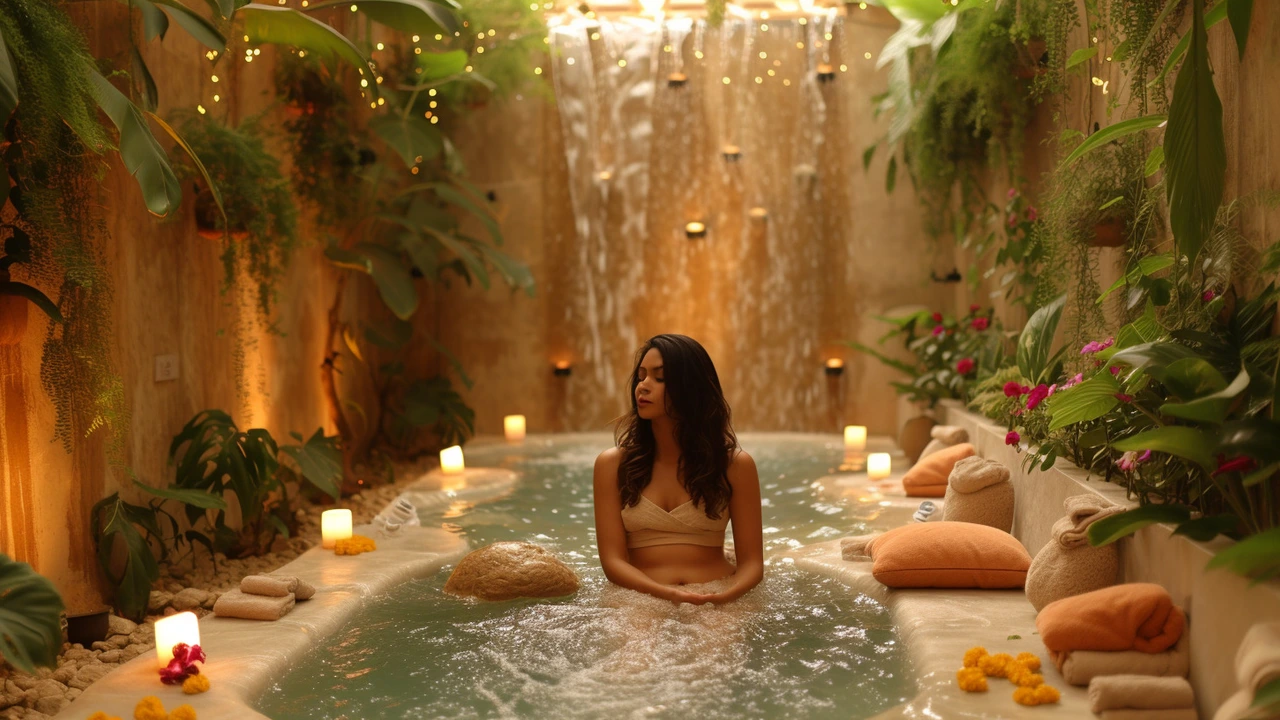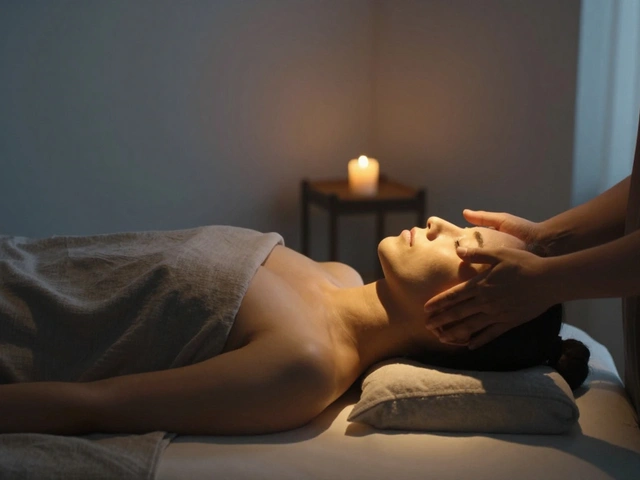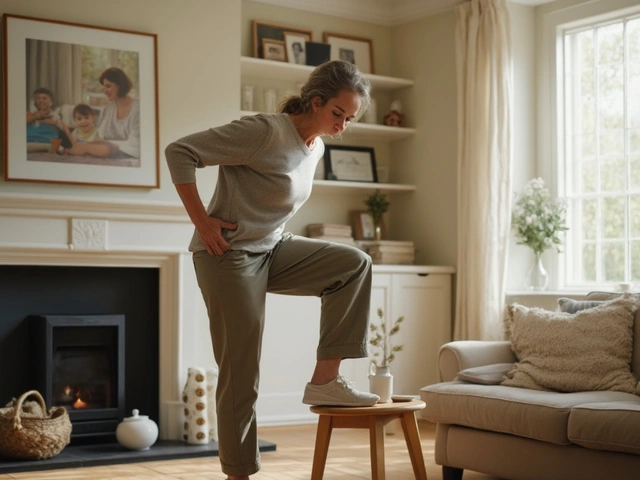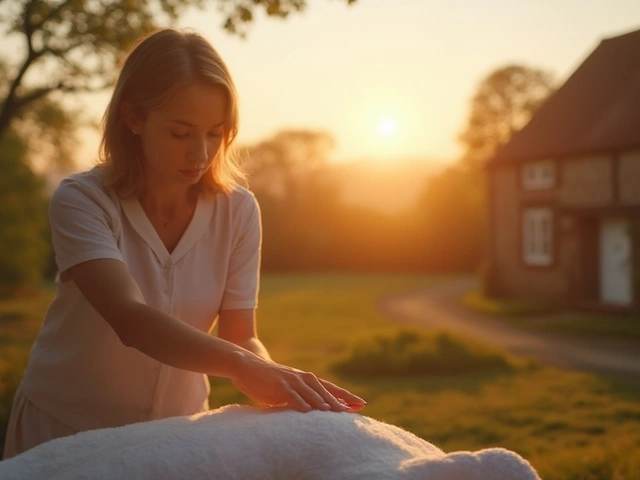Ancient Indian Healing: Easy Ayurvedic Practices You Can Use Today
Ancient Indian healing is not just rituals — it’s a set of simple habits that help your body move, sleep, and recover better. If you want practical tools, start with three things: warm oil, gentle touch, and breathwork. These are the parts of Ayurveda and traditional therapies that people actually use every day.
Quick Daily Ritual: 5-Minute Abhyanga
Abhyanga is a warm oil self-massage. You don’t need fancy gear. Warm a tablespoon of sesame or coconut oil in your hands. Rub your scalp, neck, shoulders, arms, legs, and feet with firm, long strokes toward the heart for five minutes. This helps circulation and loosens tight muscles. Do it before a shower, or right after a bath. If you have skin allergies or open wounds, skip it or ask a professional.
Want a simple sequence? Start with the head and face, move to the shoulders and arms, then the chest and abdomen, and finish with the legs and feet. Use a bit more pressure on tight spots. If something hurts, ease up — massage should help, not cause pain.
Marma Points, Steam, and Breathing — Short Practical Notes
Marma points are gentle pressure spots where muscles and energy meet. Press a marma for 10–20 seconds and breathe slowly; many people feel tension ease. Common spots: base of the skull for headaches, the inner wrist for anxiety, and the hollow above the collarbone for chest tightness. Don’t press hard — keep it comfortable.
Swedana (herbal steam) is an easy add-on. Boil water with a few drops of eucalyptus or a small handful of dried herbs, let it cool slightly, then sit with a towel over your head and breathe the steam for 5–10 minutes to relax your chest and sinuses. Always test the steam first so it isn’t too hot.
Breathwork ties it all together. Try a 3–4–6 breathing pattern: inhale 3 counts, hold 4, exhale 6. Repeat five times after a massage or steam; it calms the nervous system and helps the body absorb the effects.
These practices work best when you stick to them. Try 2–3 times a week for a month before judging results.
How to pick a practitioner: look for training in Ayurveda, clear session plans, and good reviews. Ask which oils they use and why. A solid practitioner will ask about medications, allergies, and major health issues before a session.
Safety tip: if you’re pregnant, have uncontrolled high blood pressure, or active infections, consult your doctor before trying new bodywork. For anything else, start gently and stop if you feel dizzy or unwell.
Try one small habit first — five minutes of oil massage or two minutes at a marma point. If it helps your sleep or eases stiffness, build from there. Ancient Indian healing shines when it becomes a simple, sustainable part of your routine.

Ayurvedic Massage Therapy: Unveiling the Healing Touch of Ancient Wellness Practices
Have you ever wondered how it feels to be whisked away into a realm of age-old healing? I had the pleasure of experiencing an Ayurvedic massage, an incredible journey through India's traditional wellness secrets, and guys, it's a game-changer! This ancient practice combines soothing herbal oils with skillful techniques that relax your body and rejuvenate your spirit. I'm here to tell you, it's more than just a massage – it's a profound connection to ancient wisdom that leaves you feeling refreshed and balanced. Join me as I share the magic of this transformative experience that harmonizes mind, body, and soul.
Categories
- Health and Wellness (148)
- Alternative Therapies (86)
- Massage Therapy (40)
- Travel and Culture (15)
- Beauty and Skincare (9)
- Holistic Health (8)
- Health and Fitness (5)
- Spirituality (5)
- Other (2)
- Personal Development (2)



